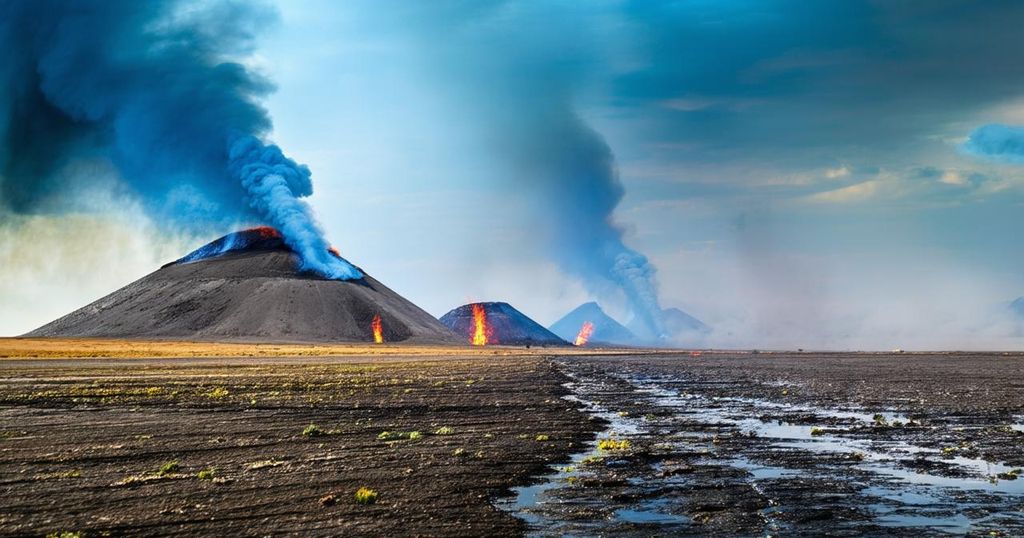In 2022, fragile, conflict-affected countries received only $8.4 billion in climate funding, far less than the $35 billion needed for adaptation. This disparity highlights the urgent need for restructured financial strategies to support the most vulnerable nations. The upcoming COP29 presents a critical opportunity for actionable change to address the ongoing ‘conflict blind spot’ in climate action, fostering collaboration across sectors to build resilience.
In 2022, countries impacted by conflict and characterized by fragility received only a quarter of the climate finance necessary for addressing climate adaptation needs. This stark inadequacy is evident in countries such as Chad, the Democratic Republic of the Congo, Somalia, Sudan, and Yemen, which are identified as both highly vulnerable to climate change and lacking the institutional capacity to manage its repercussions. A thorough analysis of OECD climate-related development finance data reveals that these nations collectively garnered only $8.4 billion in climate funding, despite their documented climate adaptation needs totaling approximately $35 billion annually. Per capita, these fragile nations received funding significantly lower than the median of $84, particularly in contrast to more stable Least Developed Countries (LDCs) and Small Island Developing States (SIDS). The lack of funding stems from the inherent risks associated with investing in unstable environments; however, the urgency persists. By 2030, projections suggest that a substantial portion of the global extreme poor will reside in fragile, conflict-affected regions. The multifaceted vulnerability faced by individuals in these scenarios results from a combination of weakened state institutions, damaged infrastructure, forced migration, and diminished community ties, all of which impede their resilience to climate-induced shocks. A reevaluation of funding strategies is paramount, particularly in light of increasing global commitments to climate finance. Recent initiatives, including the New Collective Quantified Goal on climate finance and the World Bank’s pledge to reallocate a higher proportion of its lending toward climate-related projects, must be directed to reach those at greatest risk. The issue was notably highlighted during COP26, with an ongoing conversation regarding the ‘conflict blind spot’ in climate action. The COP28 Declaration, which calls for enhanced support in fragile contexts, remains largely unfulfilled. Looking forward to the discussions at COP29, concrete measures to close this gap are essential, demanding significant changes to the climate finance architecture to accommodate fragile settings. Additionally, strengthening the capacity of fragile nations to utilize and maximize climate financing is crucial. Adopting an integrated approach that synergizes efforts across various sectors will enable these nations to not merely cope but to build resilience against future challenges. A collaborative framework, established in partnership with governments and affected communities, is necessary for fostering climate resilience. Engaging in dialogues at COP29 to formulate practical strategies and action plans will be instrumental in making meaningful progress towards these objectives. The commitment to transitioning from a reactive to a proactive approach in addressing climate vulnerabilities is not just a local or national imperative, but a global responsibility to ensure that those most affected are not left behind.
The intersection of climate change, conflict, and fragility exacerbates vulnerabilities in nations already facing socio-economic challenges. The organizations involved in climate finance often overlook fragile contexts due to perceived risks, perpetuating a cycle of negligence that diminishes the resilience of the most affected populations. Fragile countries are statistically among the most susceptible to the impacts of climate change due to their lack of institutional support and resources. As the world acknowledges the urgency of climate action, it is imperative to dismantle barriers preventing adequate financing from reaching these vulnerable communities.
In summary, the disparity in climate finance received by fragile and conflict-affected countries is alarming and requires urgent rectification. With the increasing global commitment to climate initiatives, it is crucial that funding mechanisms are restructured to address the unique challenges faced by these nations. By learning from past oversights and engaging in collaborative, integrated efforts, the international community can better equip fragile countries to build resilience and mitigate the consequences of climate change.
Original Source: odi.org






